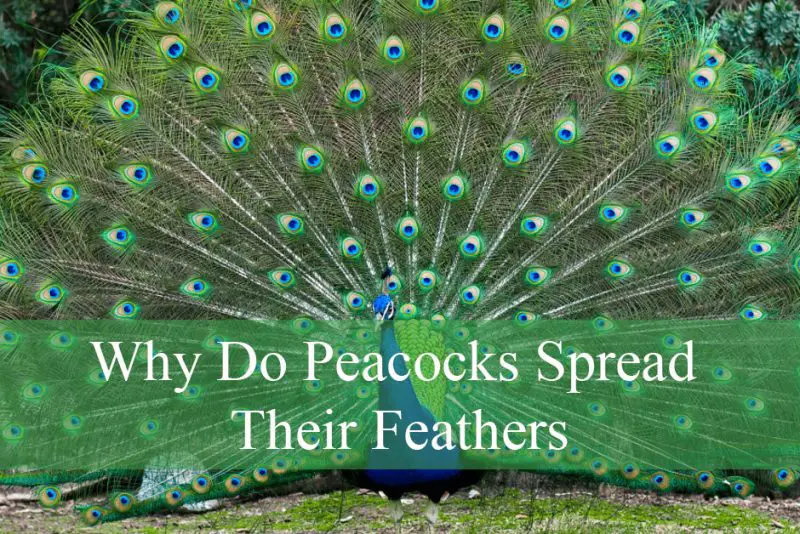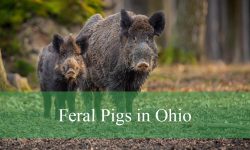Peacocks are celebrated for their dazzling appearance, with bright plumage and a graceful fan of shimmering tail feathers. One of the most captivating behaviors of male peacocks is their habit of spreading these feathers in a magnificent fan-like display. This natural spectacle has fascinated humans for centuries, raising questions about why peacocks exhibit such behavior and what biological and social functions it serves. Understanding the reasons behind this iconic display offers insights into the world of sexual selection, survival strategies, and communication among these remarkable birds.
The peacock’s feather display is not merely an act of beauty; it is deeply rooted in evolutionary biology. Scientists have studied this behavior extensively, uncovering intriguing facts about how it influences mating success, dominance, and even the survival of peafowl species. From ancient symbolism to modern scientific explanations, the story behind a peacock’s feather display is more complex and fascinating than it appears at first glance.
The Role of Feathers in Peacock Courtship

The most widely accepted reason for a peacock spreading its feathers is courtship. Male peacocks, called peacocks, spread their tail feathers, or “train,” to attract the attention of females, known as peahens. This train is composed of more than 200 elongated upper tail coverts, each decorated with colorful eye-shaped patterns known as ocelli. When a peacock fans out its feathers, these ocelli form a dazzling array that shimmers under sunlight, making the display irresistible to peahens.
Peahens are instinctively drawn to these elaborate displays because they signal health and genetic superiority. Evolutionary biologists believe that a male with a larger train, brighter colors, and more symmetrical eye patterns indicates good health, strong immunity, and superior genes. Over generations, females have evolved to select males with the most impressive feather displays, ensuring the continuation of strong genetic traits in their offspring.
Courtship displays often occur during the breeding season when males gather in leks, or loose groups, to compete for female attention. Each male spreads his feathers and vibrates them slightly, creating a rustling sound that adds to the visual display. This vibration, combined with the shimmering colors, serves as a powerful signal to females, helping them choose the best mate.
The Science Behind the Dazzling Colors
One of the most fascinating aspects of a peacock’s feather display is its brilliant, iridescent coloration. The vibrant blues, greens, and golds are not a result of pigments alone but are produced by a phenomenon known as structural coloration. Tiny microscopic structures within the feathers reflect and refract light, creating shimmering colors that change depending on the viewing angle. This iridescence enhances the peacock’s allure, making it stand out vividly against its natural surroundings.
The eye-shaped ocelli are especially significant in attracting females. Research suggests that peahens are more attracted to males with a higher number of well-defined ocelli, as this pattern indicates maturity and robust health. The symmetry and vividness of these eye spots are critical factors in female choice, highlighting how even the smallest details of feather structure can influence reproductive success.
Interestingly, this colorful train also plays a role in species recognition. Peahens can distinguish between males of their species and other birds based on the unique arrangement and colors of the train. This ensures that mating occurs within the species, maintaining genetic stability.
Communication and Social Significance
Beyond mating, the spreading of feathers also serves as a form of communication within peacock society. Males use feather displays to assert dominance over rivals. When two males compete, the one with the larger, more vibrant train often intimidates the other without the need for physical confrontation. This visual signal helps establish a hierarchy among males, reducing unnecessary fights and injuries.
The feather display also communicates alertness and confidence to other members of the group. A male that confidently fans out its feathers demonstrates its physical fitness, which not only attracts females but also discourages predators from attacking. By appearing larger and more intimidating, peacocks use their feathers as a visual defense mechanism in certain situations.
Interestingly, peacocks also communicate with subtle vibrations during feather displays. Studies have shown that males produce low-frequency vibrations by shaking their trains, which can be sensed by nearby females. This hidden form of communication adds another layer to the already complex mating ritual.
Evolutionary Trade-Offs of the Impressive Train
While the peacock’s magnificent train is an advantage in attracting mates, it also comes with evolutionary trade-offs. The long, heavy feathers make flying more challenging and reduce the bird’s agility when escaping predators. Additionally, the bright colors make peacocks more visible in their natural habitat, increasing the risk of predation.
Despite these disadvantages, natural selection has allowed this feature to persist because the reproductive benefits outweigh the risks. Males with the most impressive trains are more successful in attracting mates, passing on their genes to the next generation. Over time, sexual selection has driven the evolution of increasingly elaborate feather displays, even if they compromise survival in other aspects.
This evolutionary compromise highlights the power of sexual selection in shaping physical traits. The peacock’s train is a textbook example of how traits that may seem disadvantageous for survival can persist because of their crucial role in reproduction.
Cultural and Symbolic Meanings of Peacock Feathers
The peacock’s feather display has fascinated humans for centuries, inspiring myths, legends, and cultural symbolism. In many cultures, the peacock symbolizes beauty, immortality, and pride. In Hinduism, the peacock is associated with the goddess Saraswati, representing wisdom and learning, while in Christianity, the peacock symbolizes resurrection and eternal life.
Peacock feathers have also been used in art, fashion, and religious ceremonies throughout history. The eye-like ocelli were often seen as protective symbols, believed to ward off evil spirits. This cultural fascination reflects how deeply human societies have been captivated by the peacock’s beauty, further cementing its place as one of the most admired birds in the world.
Fascinating Facts About Peacock Feather Displays
Peacocks begin developing their iconic trains at around two years of age, with full plumage appearing by the age of three. The train grows larger and more vibrant as the male matures, peaking in size and brilliance during his prime breeding years. After each breeding season, males shed their trains, growing them back before the next season begins.
The feather display is not just about standing still and fanning out. Males perform elaborate courtship dances, moving in semicircles around the female, shaking their feathers rhythmically to catch her attention. The sound produced by these movements is almost as important as the visual spectacle, as it demonstrates the male’s strength and coordination.
Another fascinating fact is that not all males have equally impressive trains. Subordinate males with smaller trains may sometimes attempt to mate by sneaking around dominant males, but females generally prefer those with the largest and most symmetrical displays. This reinforces the importance of the train as a marker of genetic fitness.
Do Peacocks Use Their Feathers for Defense?
While the primary purpose of feather spreading is mating, peacocks can also use their trains for defense. When threatened, a peacock may fan out its feathers to appear larger and more intimidating to potential predators. The sudden display of vibrant colors and eye-like patterns can startle predators, giving the peacock time to escape.
However, this defensive strategy is secondary compared to its primary role in reproduction. Peacocks rely more on vigilance and quick running than on their trains for survival. Still, this dual purpose demonstrates the versatility of the peacock’s most famous feature.
FAQs About Peacocks and Their Feather Displays
Why Do Peacocks Spread Their Feathers?
Peacocks spread their feathers mainly to attract females during mating season. The large, colorful train acts as a visual signal of health, strength, and superior genetics, helping females choose the best mate. This display is also used to communicate dominance among males.
Do Peacocks Spread Their Feathers All Year?
No, peacocks primarily spread their feathers during the breeding season. After this period, they shed their train and grow it back before the next mating season begins. Outside of breeding, they rarely display their feathers except for defense or social communication.
Are Peacock Feathers Used for Protection?
Yes, to some extent. When threatened, peacocks fan out their feathers to appear larger and more intimidating to predators. The bright colors and eye-like patterns can startle attackers, giving the peacock a chance to escape.
How Do Peacocks Get Their Bright Feather Colors?
The vibrant colors are caused by structural coloration rather than pigments. Microscopic structures in the feathers refract and reflect light, creating iridescent blues, greens, and golds that change depending on the viewing angle.
At What Age Do Peacocks Start Spreading Their Feathers?
Male peacocks begin developing their iconic train at about two years old, with a full, vibrant train appearing by age three. They continue to enhance their display as they mature, reaching peak brilliance during prime breeding years.
Conclusion
The answer to the question “Why do peacocks spread their feathers?” lies primarily in the realm of sexual selection. Male peacocks display their feathers to attract females, signaling their genetic quality, health, and dominance. This stunning display, driven by millions of years of evolution, also plays a role in communication, social hierarchy, and, to some extent, defense.
The intricate patterns, shimmering colors, and rhythmic vibrations make the peacock’s feather display one of nature’s most extraordinary spectacles. Beyond its biological function, it has inspired human admiration, cultural symbolism, and artistic representation for centuries. The next time you see a peacock spreading its feathers, you will know that you are witnessing not just a beautiful sight, but a complex evolutionary strategy that has shaped one of the most iconic birds on Earth.






